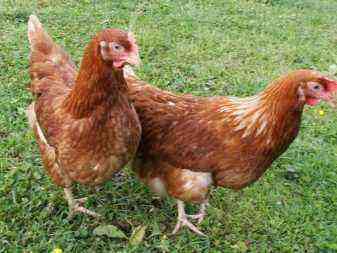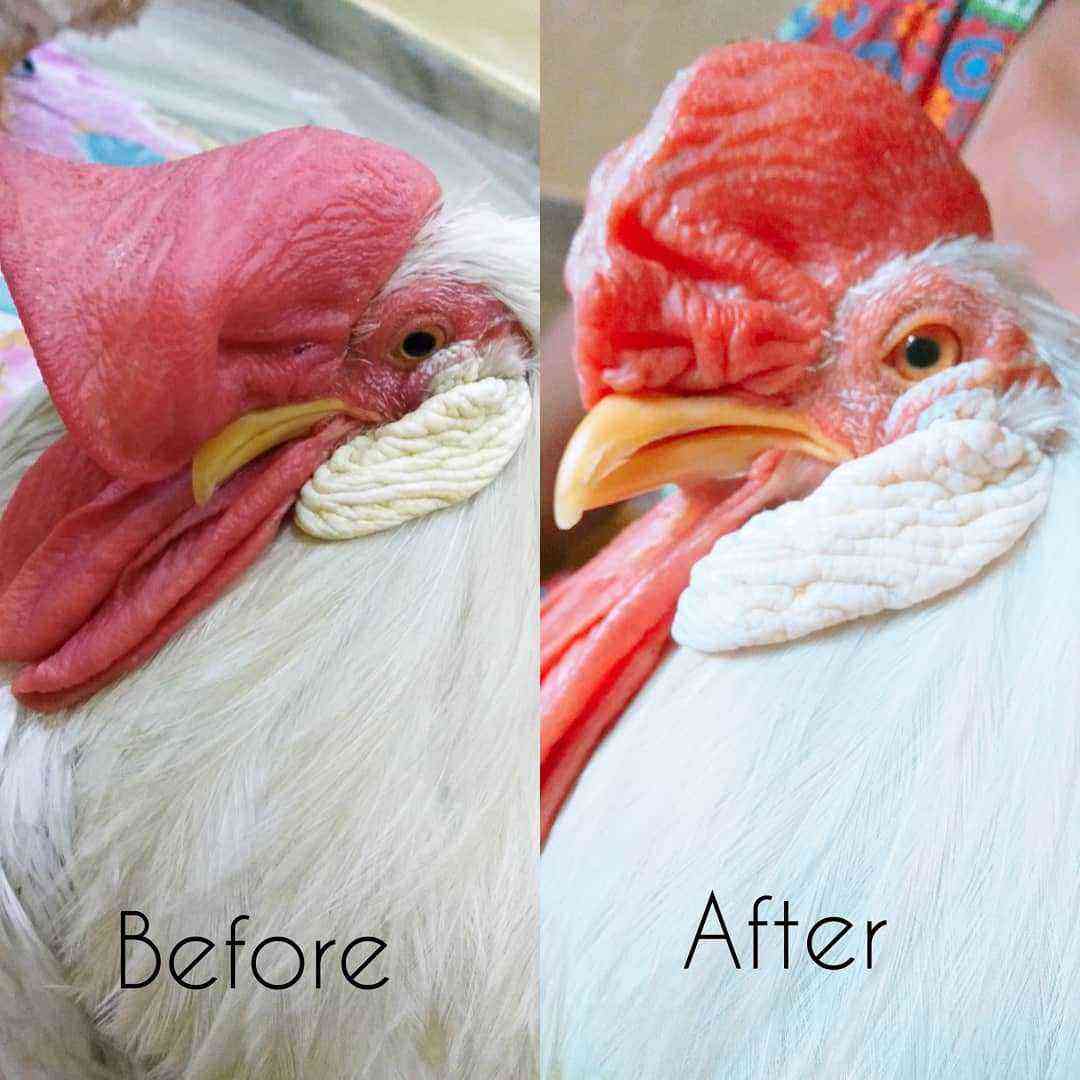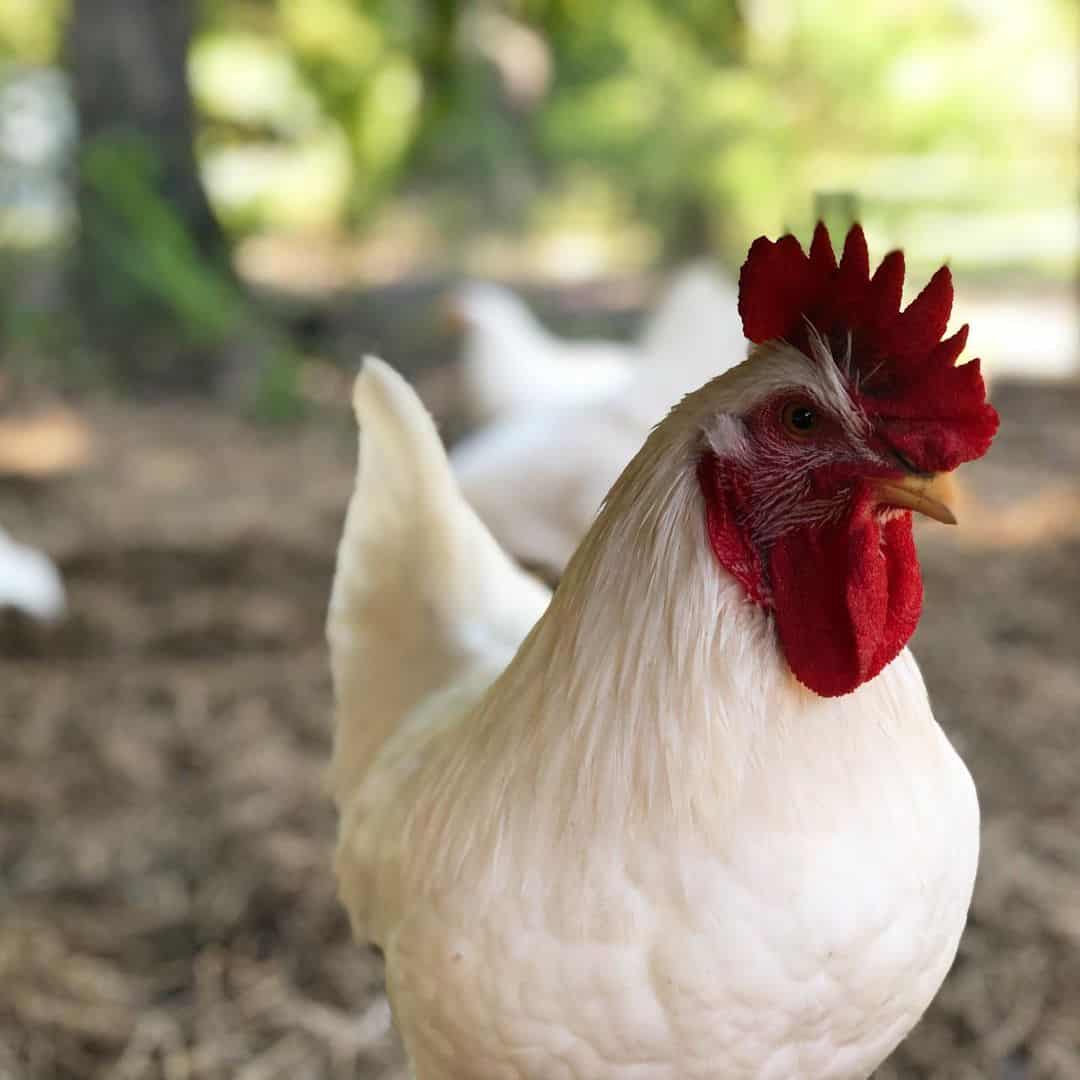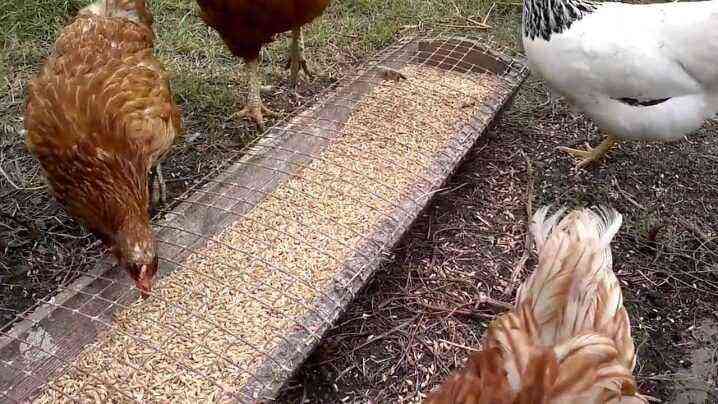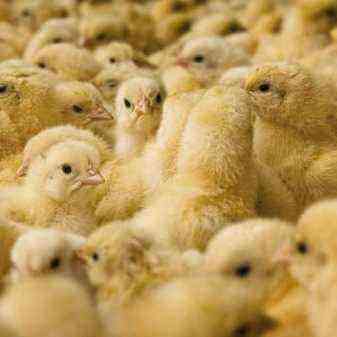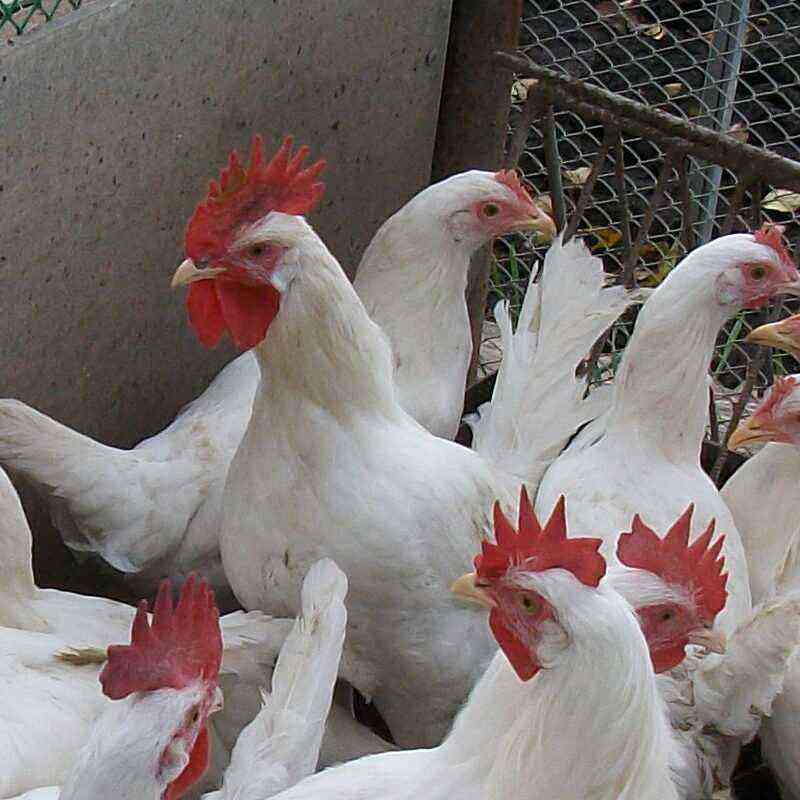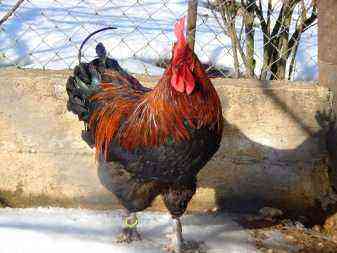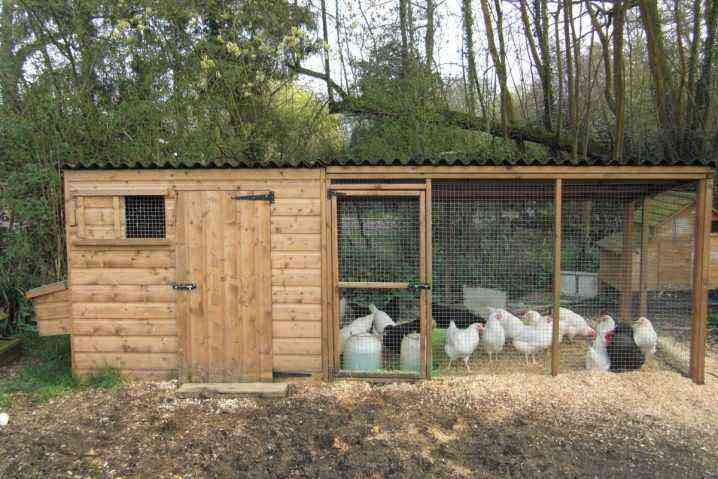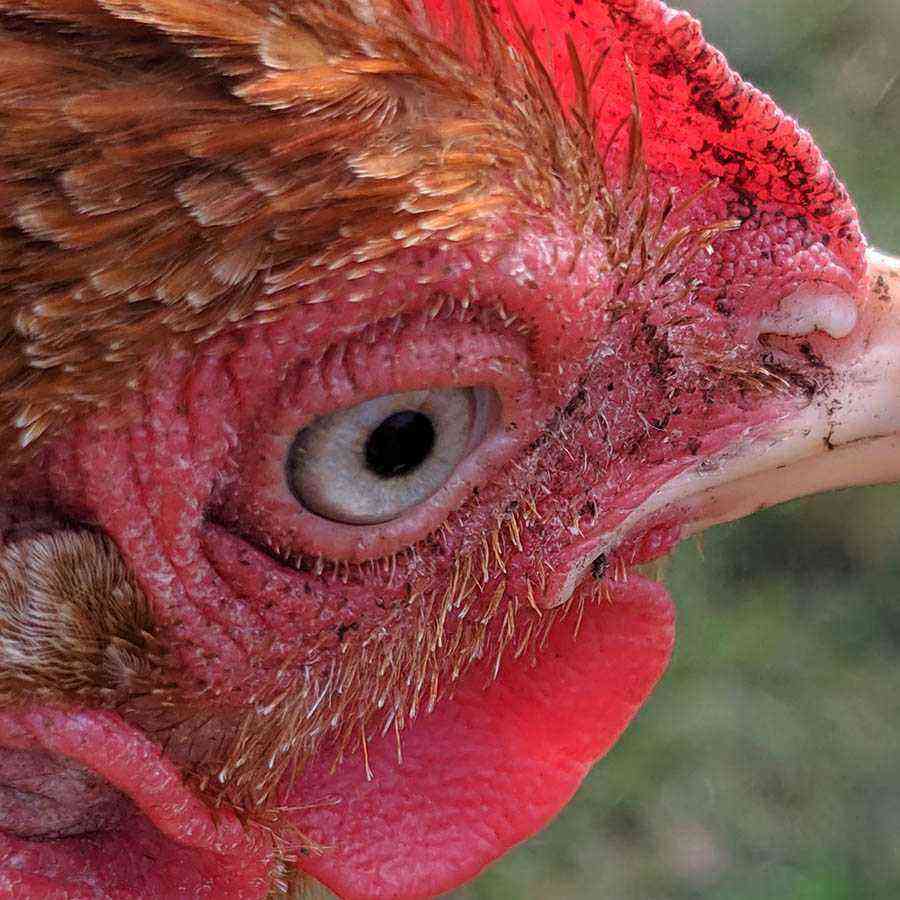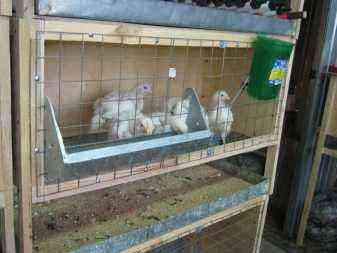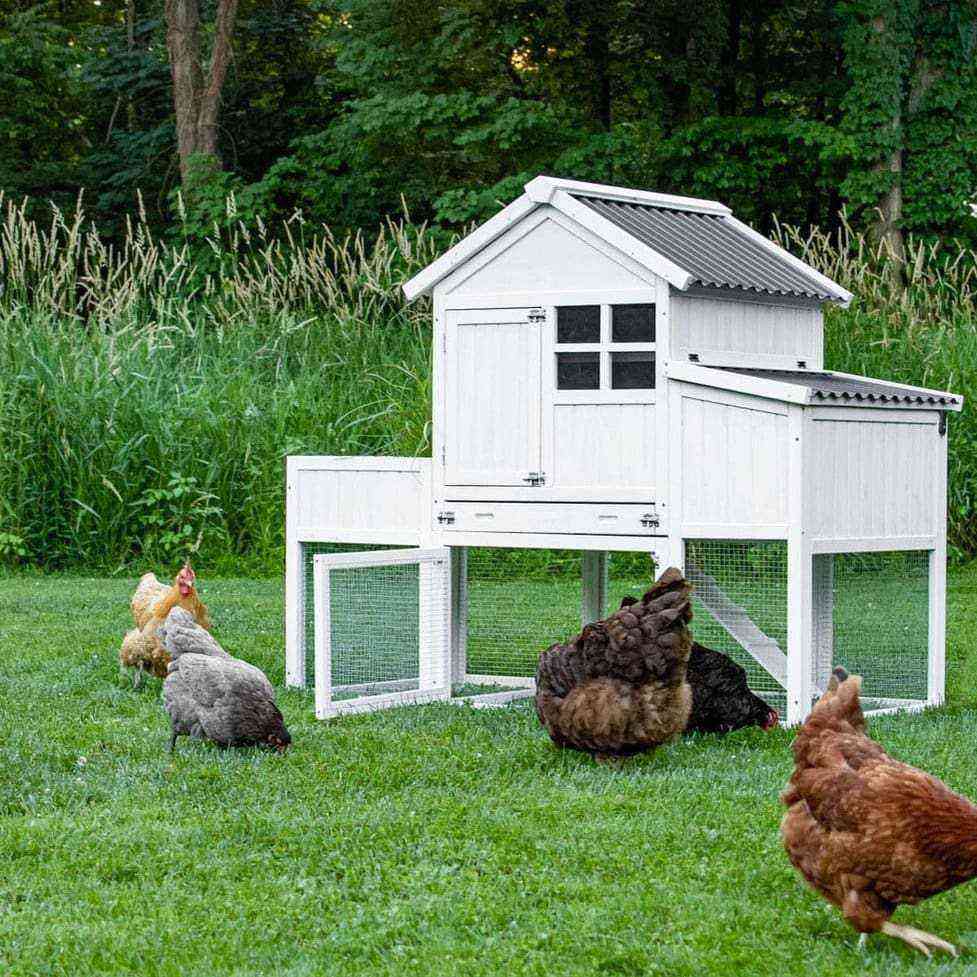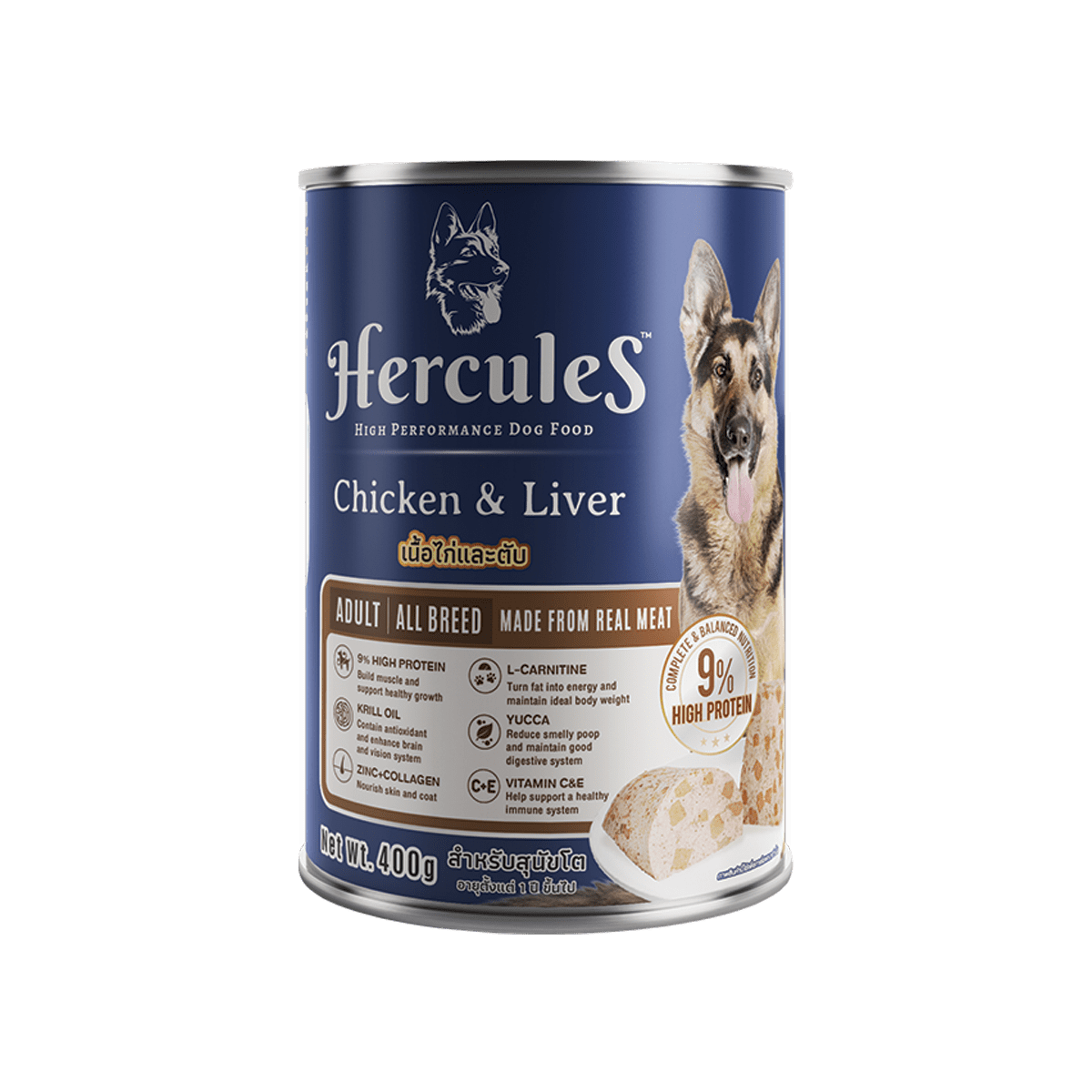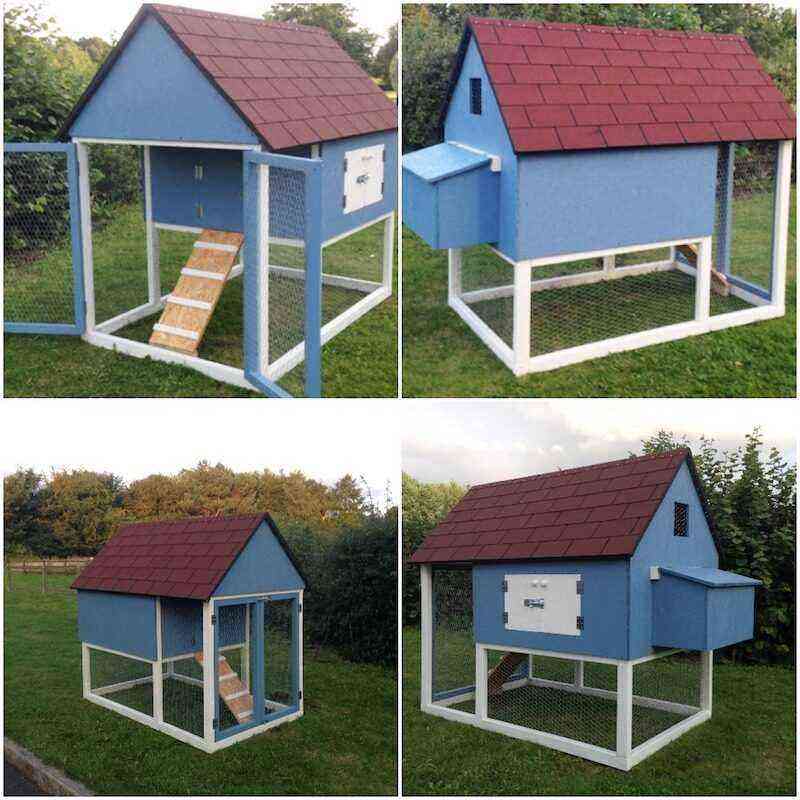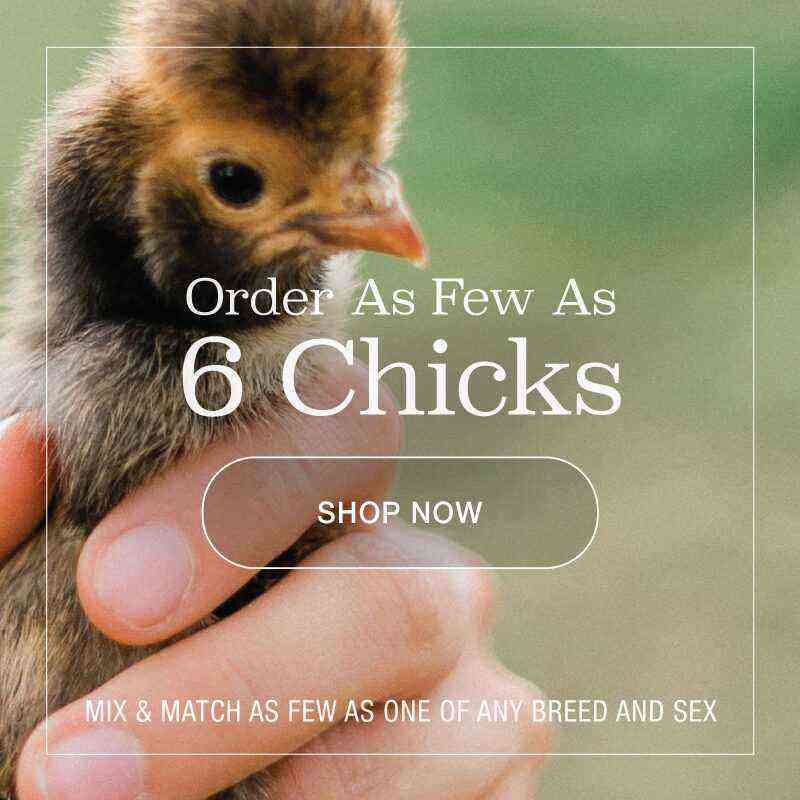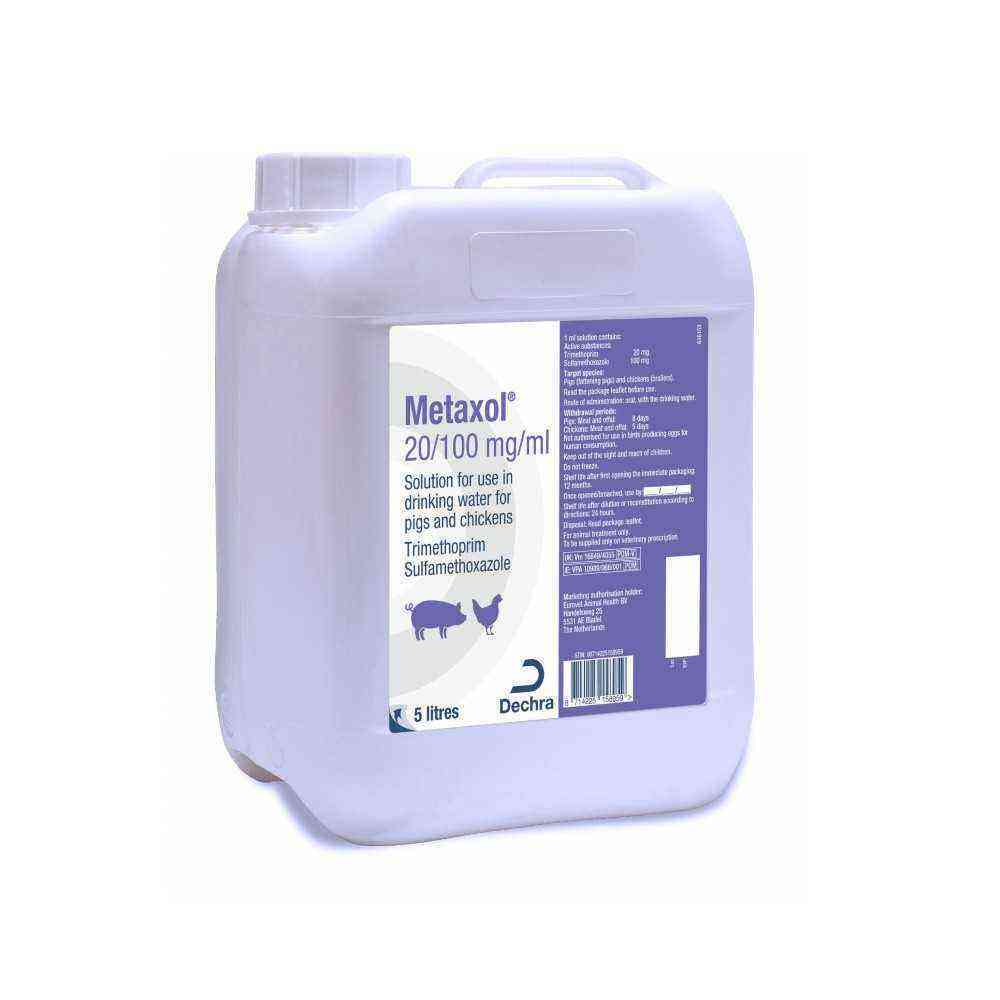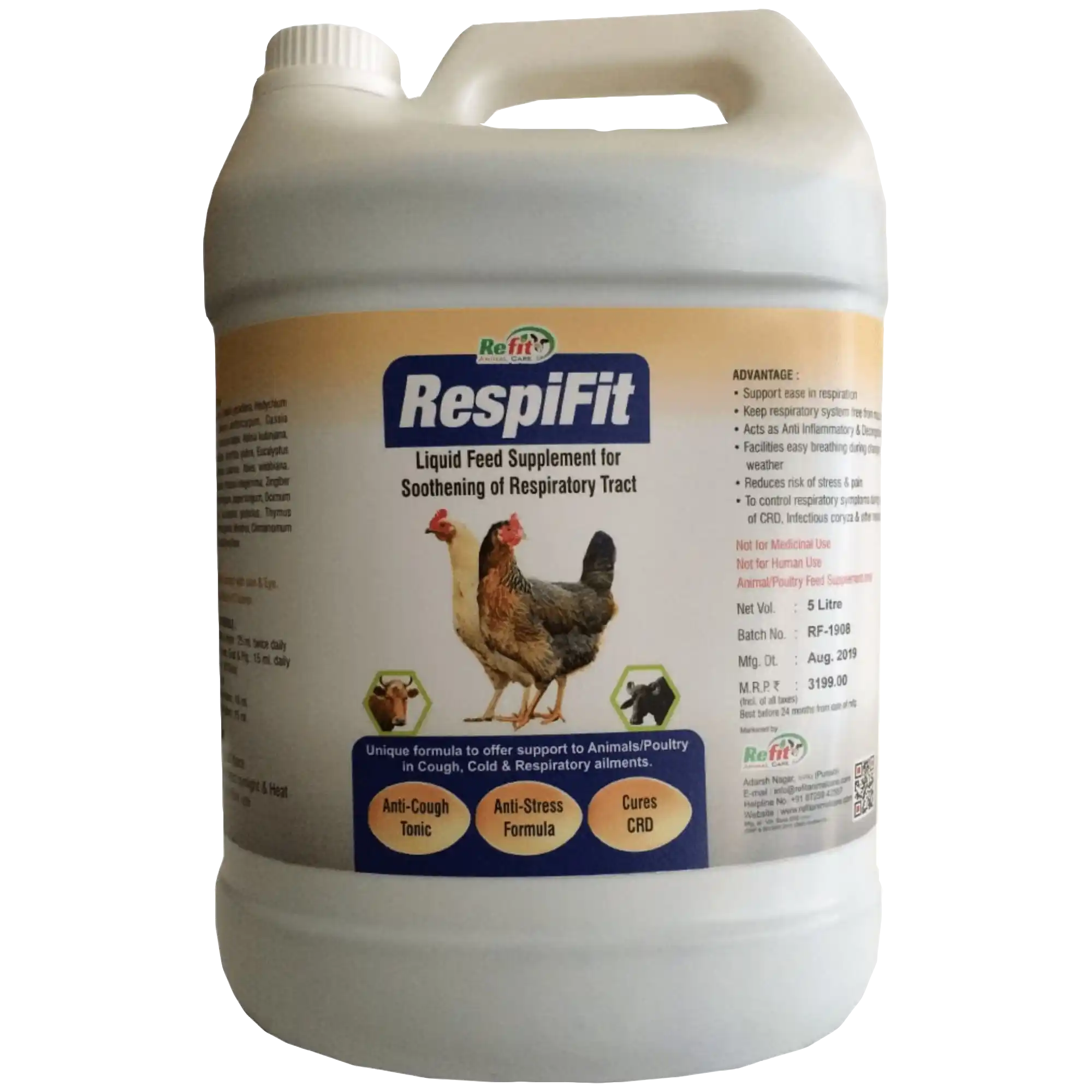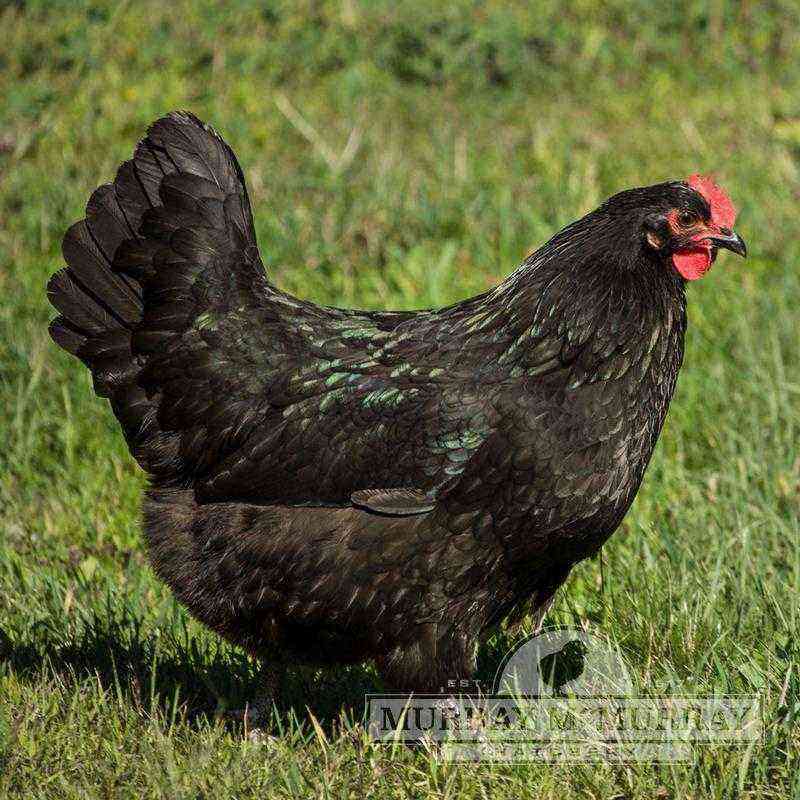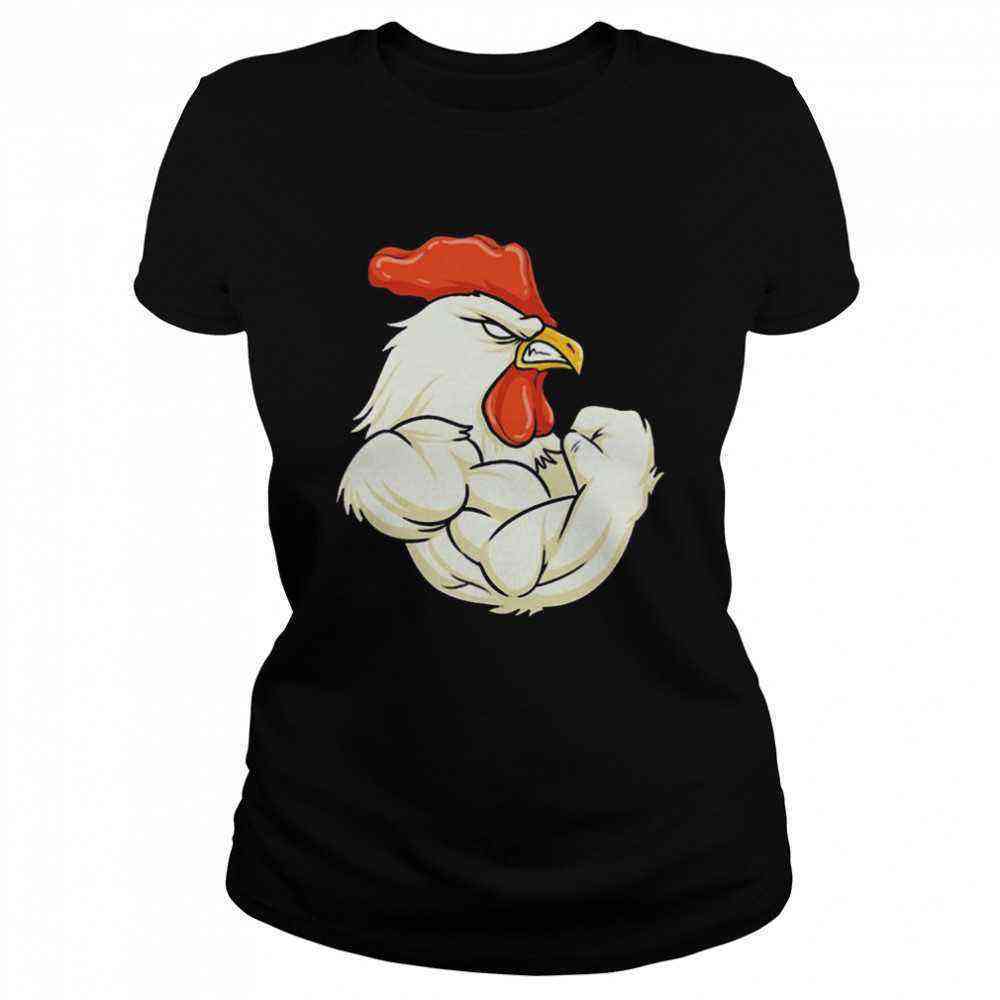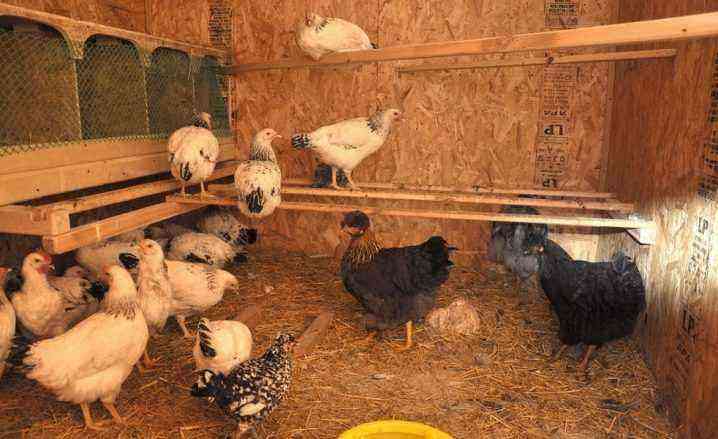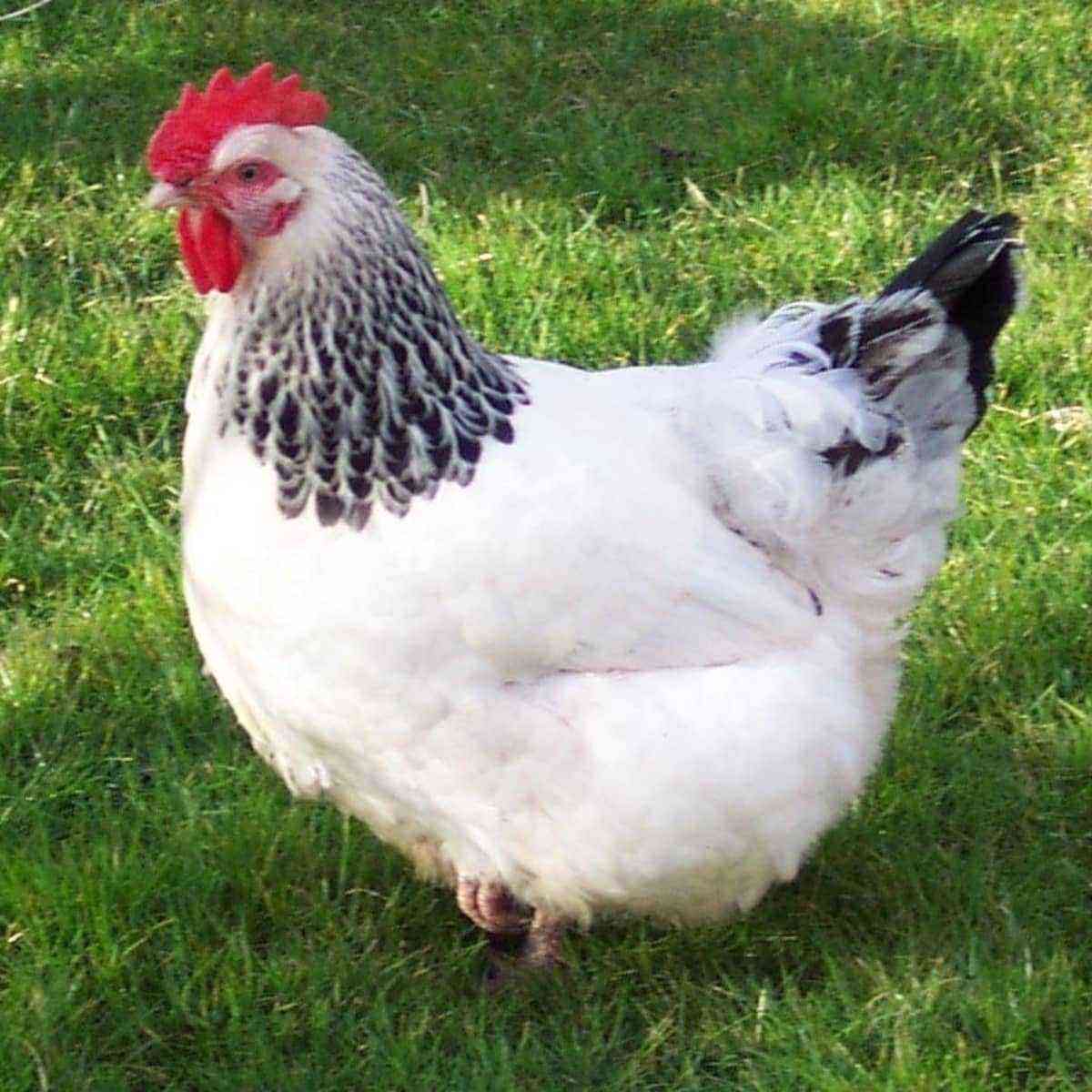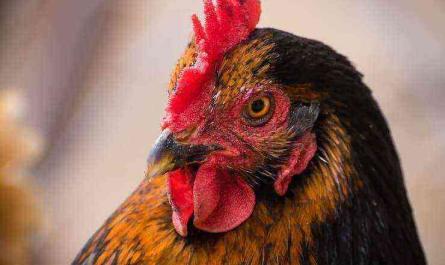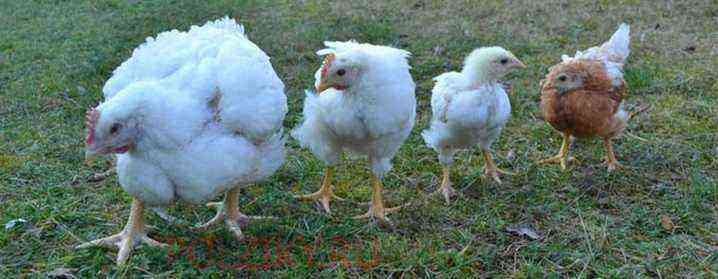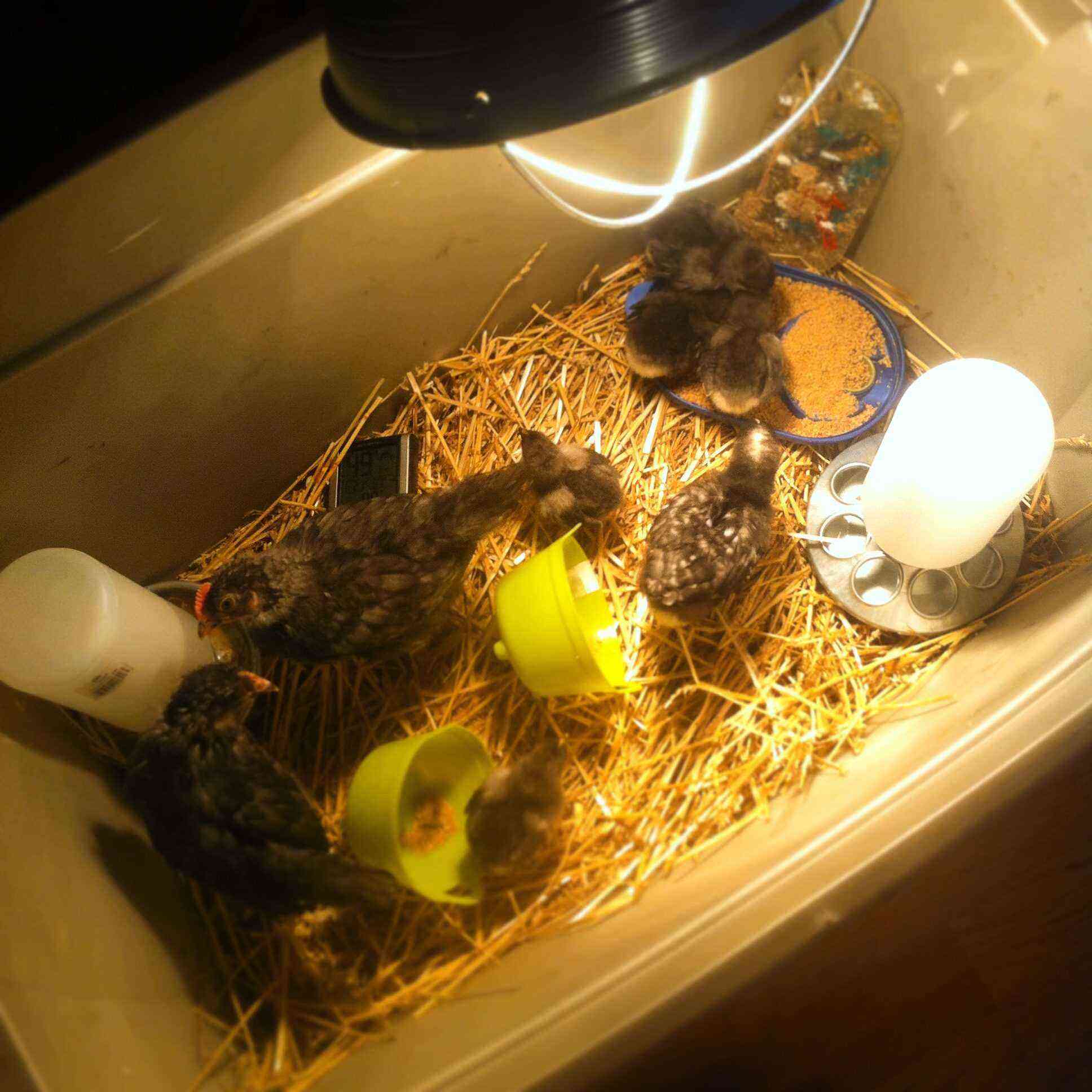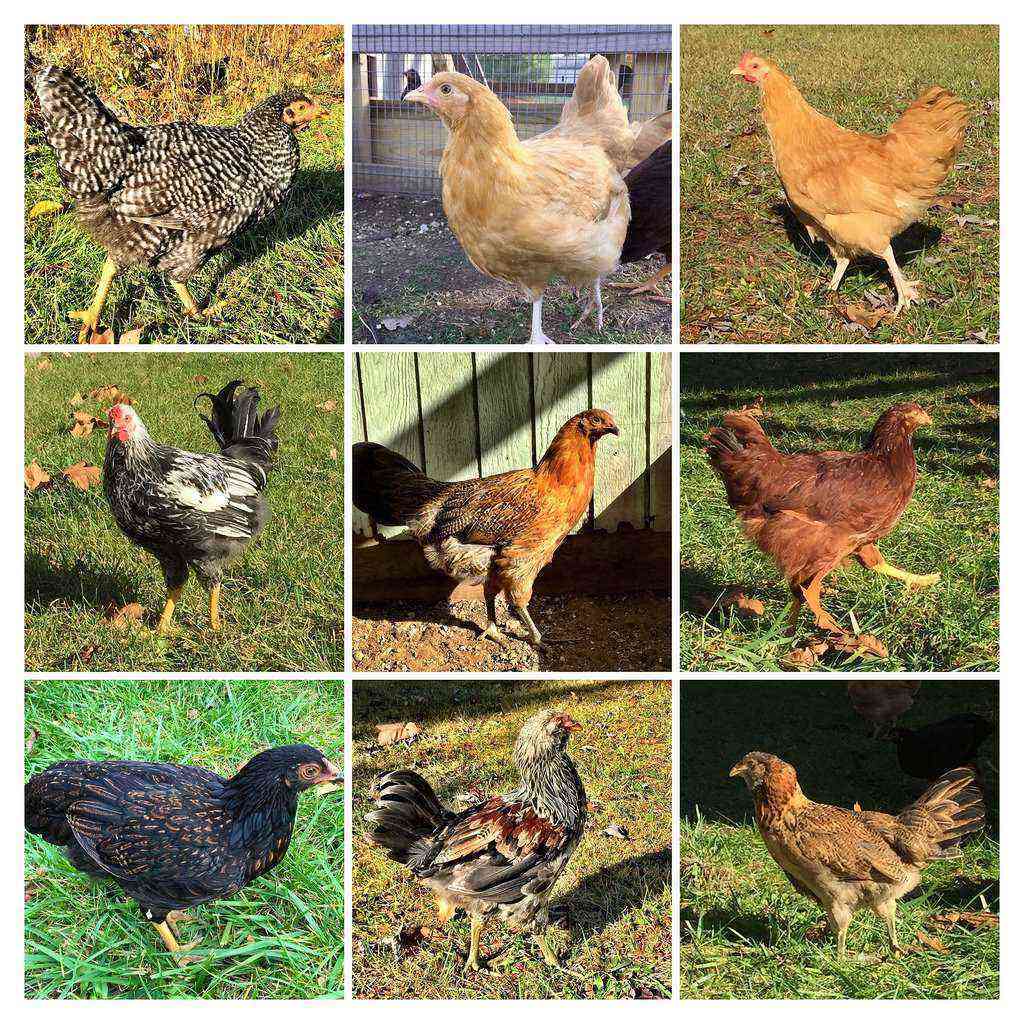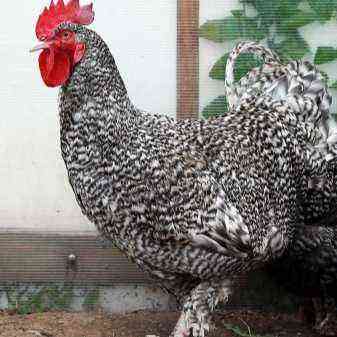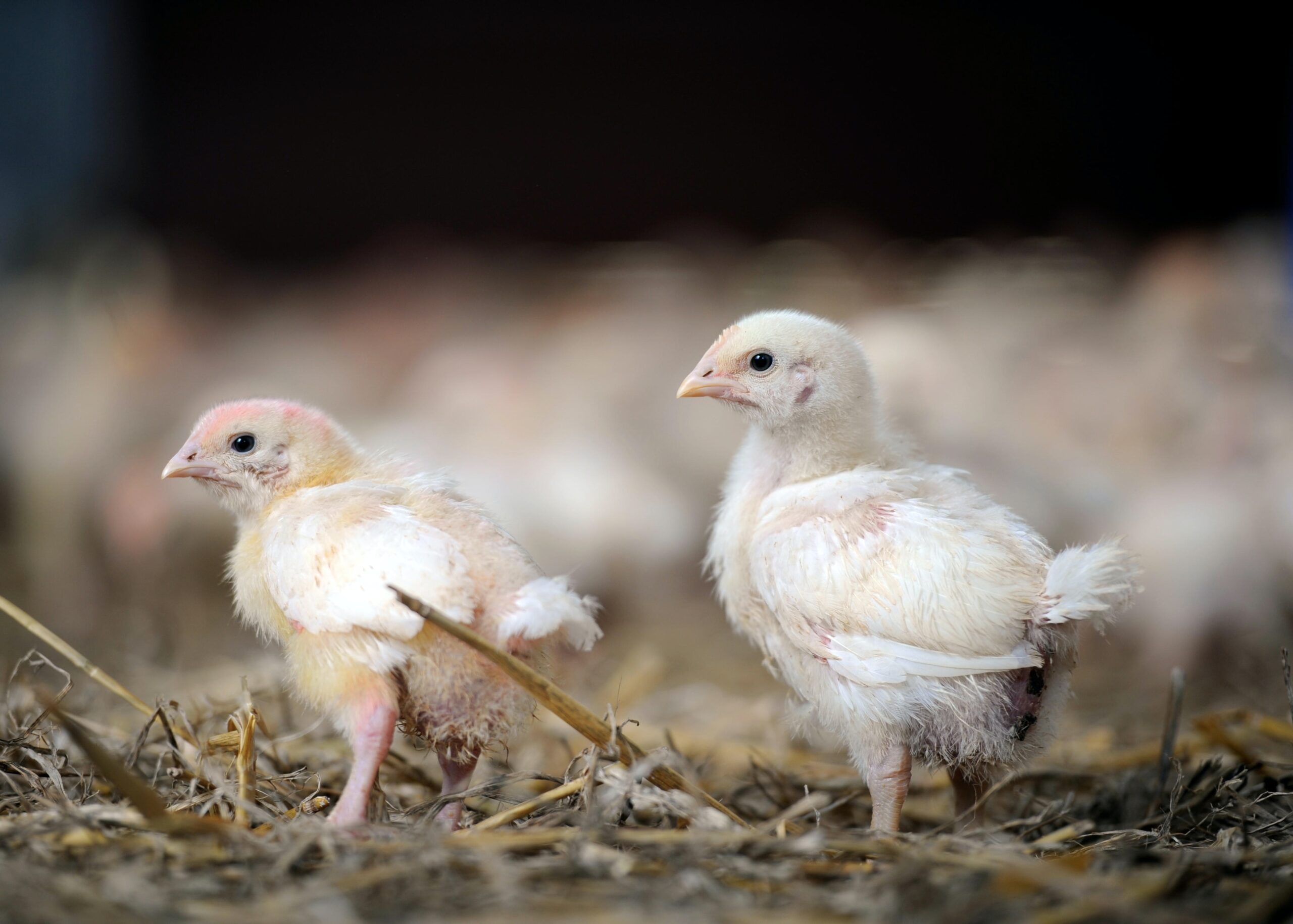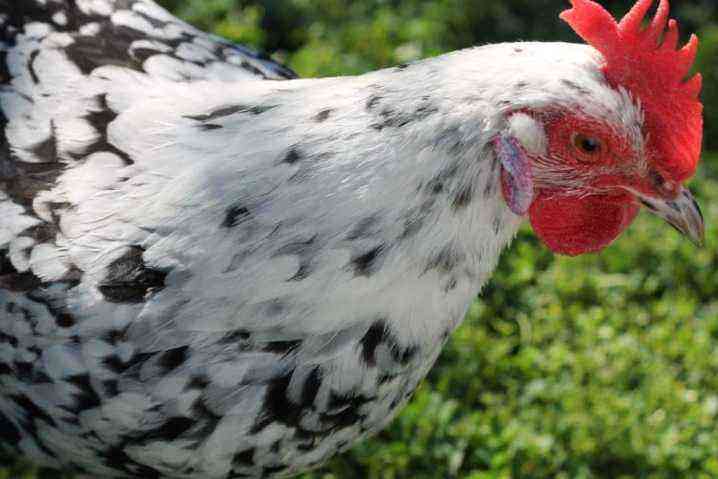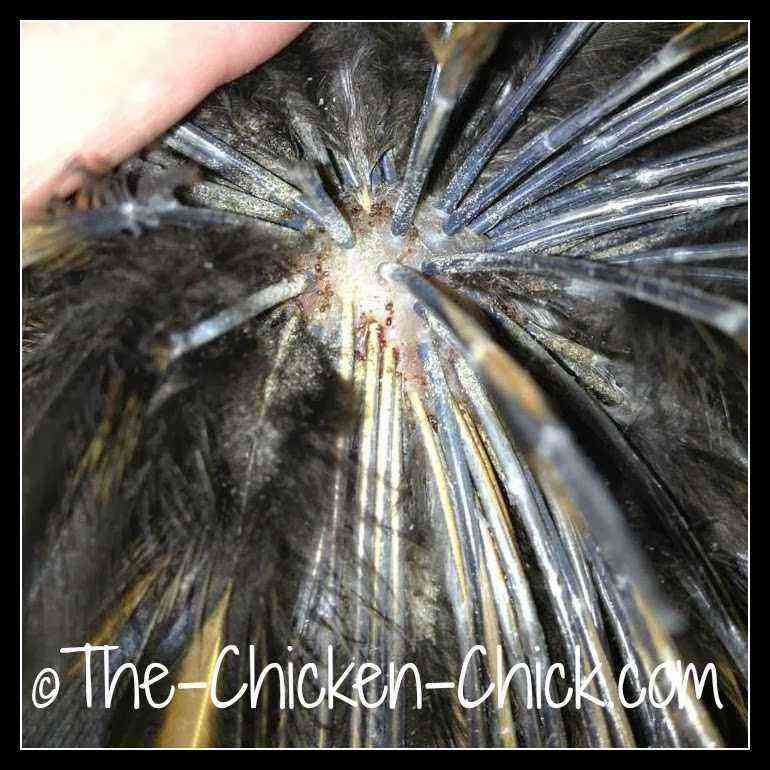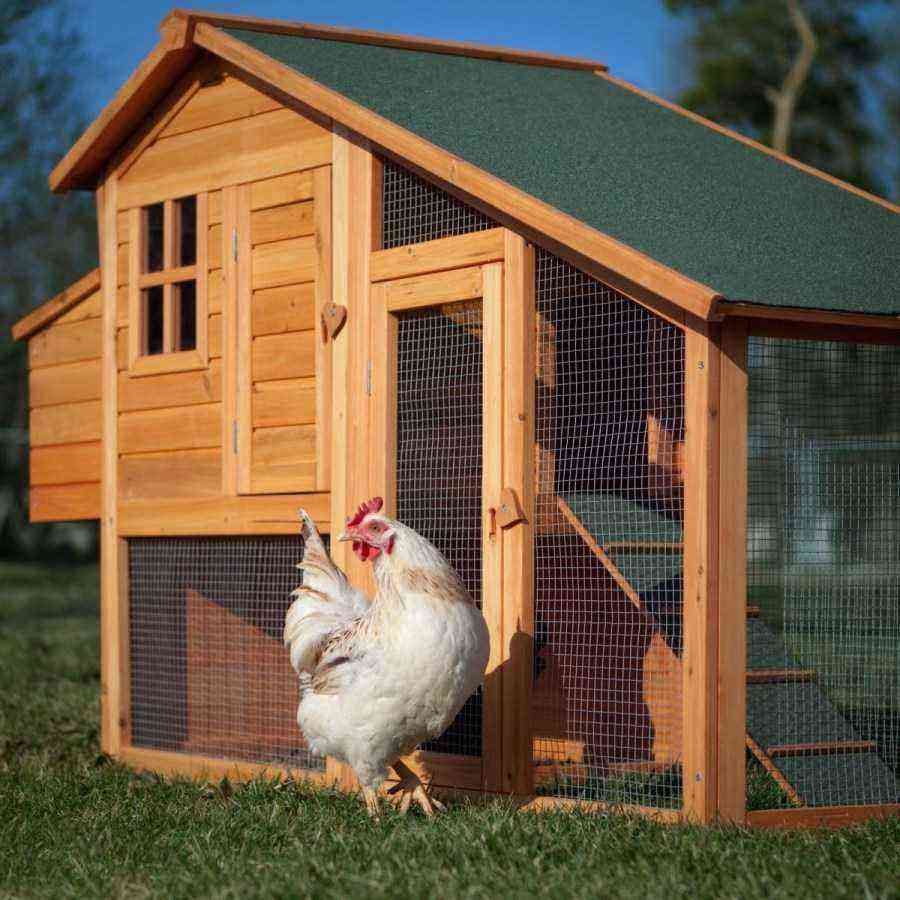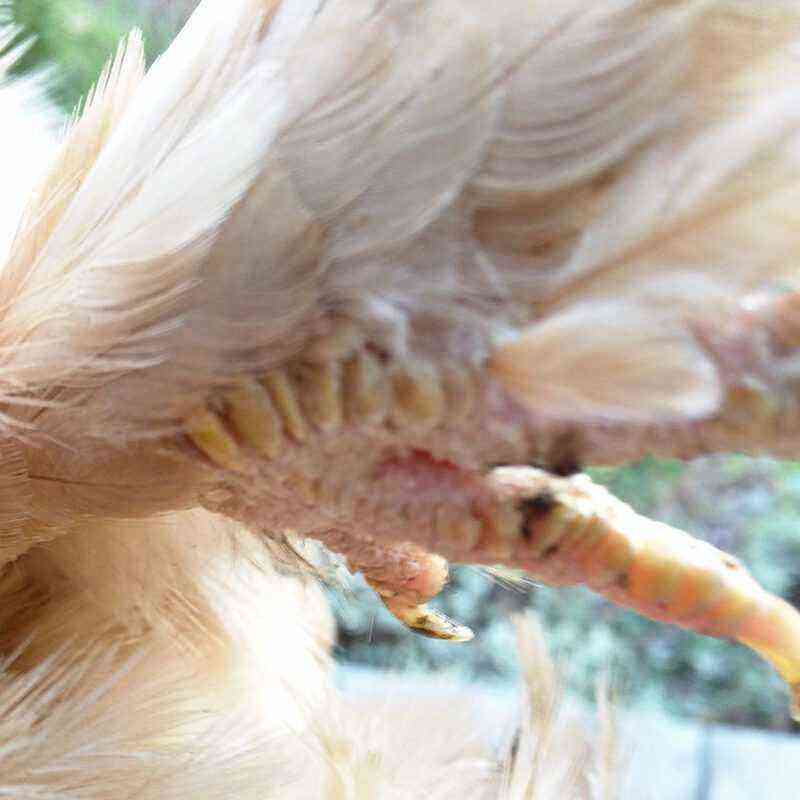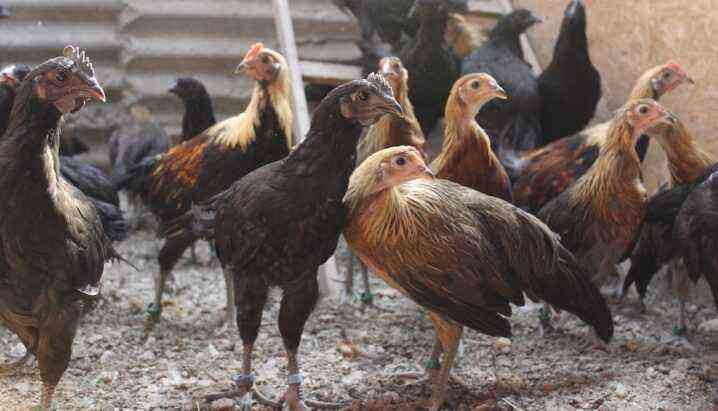Poultry farmers who love not just chickens, but exotic breeds should pay attention to feathered pets from Italy Polverara. These are beautiful and unusual birds, the main distinguishing feature of which is a crest on the head and horns instead of a crest, like in ordinary individuals. These chickens belong to the meat and egg direction of productivity.
The annual egg production of laying hens is about 150 eggs. Currently, this is not a very high figure. High productivity in poultry lasts up to four years, after which it sharply decreases. The eggshell is white in color, and the weight of one egg is on average 40 grams. The live weight of an adult chicken reaches two kilograms, a rooster – up to two kilograms of eight hundred grams. Feathered pets of the Polverara breed, as a rule, have a white plumage color. Their meat is very tasty, which often plays a decisive role in the choice of chickens.
These birds fly well, so it is necessary to carefully protect their paddock. They can fly up trees and sit on them for a long time, cleaning feathers. Polverara chickens love freedom; for them, a walking type of content is preferable to a cellular one. This also has a positive effect on the laying of laying hens.
Thanks to good, dense plumage, the bird easily tolerates cold and feels great in hot weather. Although chickens of this breed are very sensitive to temperature conditions, as they fledge rather slowly. Puberty in Polverars occurs at the age of eight months.
In feeding, these chickens are not whimsical. The only thing worth paying attention to is the mandatory inclusion of greens in the diet: herbs, vegetables, vitamins.
Polverars have a very beautiful small head, on which “horns” and a crest grow instead of a crest. Eye color is orange-red or red. Quite unusual lobes in chickens are white, earrings are almost invisible, they have a scarlet color. The strong beak of the bird has a light color. The neck, like the legs, of the feathered pets of the Polverara breed is long, but the feathers on it are short. The tail is straight, small, the back is horizontal, the breasts of the hens are larger than those of the rooster, as is the belly.
